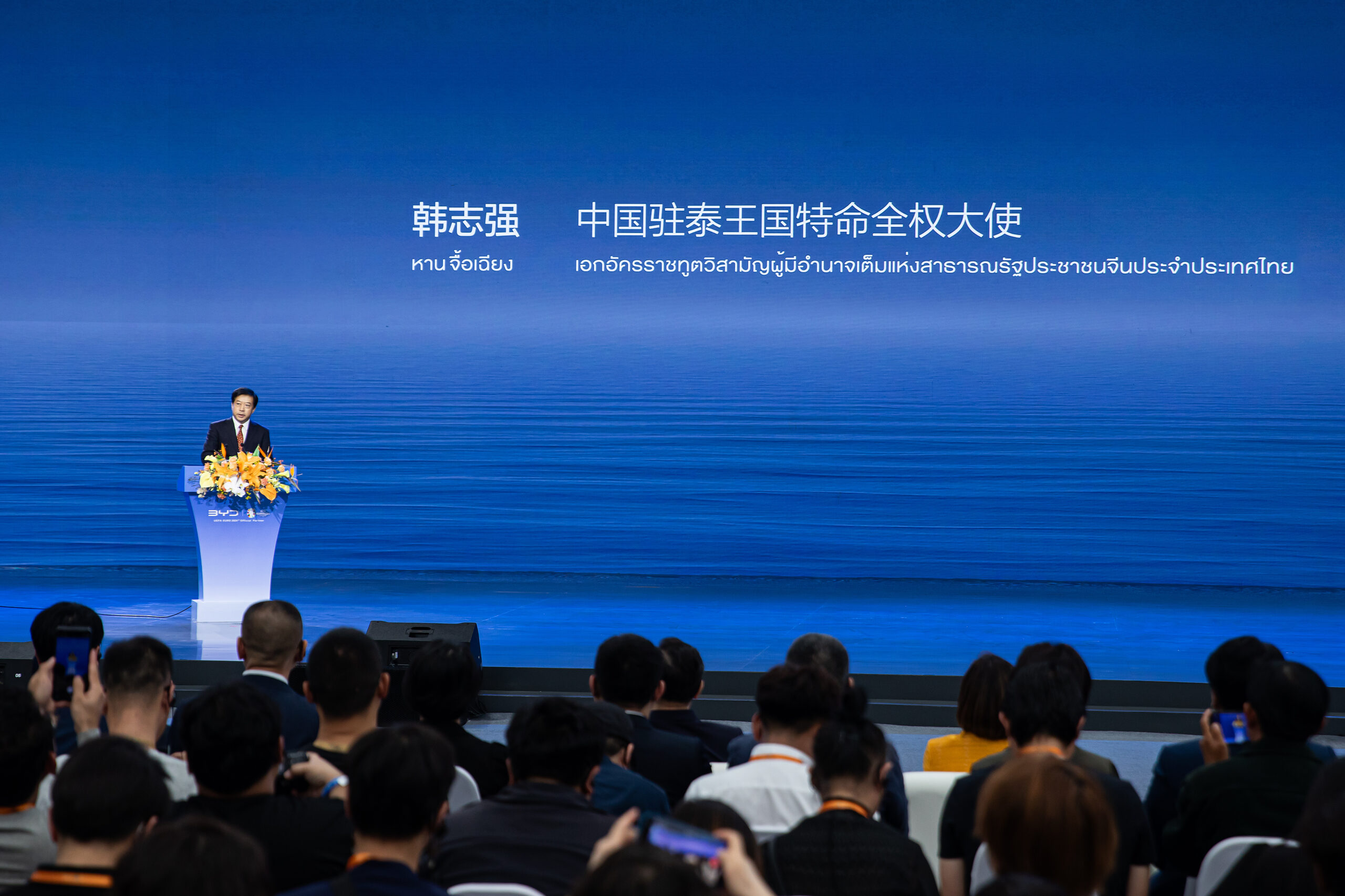Sign up for daily news updates from CleanTechnica on email. Or follow us on Google News!
In 2020, General Motors held a splashy week-long ceremony at its Technical Center in Warren, Michigan, to introduce its new Ultium battery and EV platform technologies. CEO Mary Barra enthused that Ultium was “a multi-brand, multi-segment EV strategy with economies of scale that rival our full size truck business with much less complexity and even more flexibility.”
Ultium, of course, is a made-up word created by GM’s marketing department. It was new, fresh, and suggested the future. However, it meant nothing to anyone outside the company. That left plenty of room for GM to fiddle with the content of the idea without changing the name.
According to Wikipedia, Ultium refers to an entire electric vehicle drive system consisting of battery packs, drive motors, and a wireless battery management system, developed in partnership with Analog Devices. The wireless BMS is said to require 90% less wiring, which reduces battery pack volume by 15% and helps lower the cost of battery packs. Ultium battery cells feature large format pouch cells that use nickel cobalt manganese aluminum (NCMA) chemistry. They were originally scheduled to be manufactured by Ultium Cells LLC, a joint venture between GM and LG Energy Solution. GM seems not to have gotten the memo about cylindrical battery cells that use LFP chemistry until much later.
In China, Ultium-branded battery cells are cylindrical and use nickel manganese cobalt (NMC) chemistry supplied by CATL. In April, GM started changing course for its Ultium battery technology when it announced a joint venture with Samsung SDI for its next US battery factory that will manufacture prismatic and cylindrical Ultium battery cells. The second generation Chevrolet Bolt will use Ultium cells with lithium iron phosphate chemistry.
GM May Be Ready To Move On From Ultium
According to Bloomberg, the name Ultium may soon disappear at GM. It has hired Kurt Kelty, who formerly worked at Tesla, to be in charge of its electric vehicle battery program. On the company’s investor day on October 8, 2024, he is expected to announce that GM is taking a new path forward for its electric vehicles, one that may see the demise of the Ultium brand. The new direction will see the use of different chemistries, a variety of shapes for battery cells, and different ways to package them for its future electric vehicles. Kelty will also explain how the new initiative will cut the cost of batteries.
Kelty says the strategic rethink is not a revolution so much as a “significant” change made necessary by battery production problems that have constrained sales and a lack of name recognition with consumers for the Ultium brand. GM’s battery assembly plants have had persistent problems with the automation that packs battery cells into modules, which delayed the launch of the Hummer EV and kept other vehicles from getting into mass production. Its EV assembly lines have only recently started moving at scale.
The Ultium brand, originally intended to be the auto industry’s version of “Intel Inside,” never became a selling point for consumers, people familiar with the matter told Bloomberg. It was strictly a marketing ploy that meant little to customers because GM gave them little specific information about what it stood for. It’s hard to establish a new brand that does not correlate with what customers know, or think they know.
Building Ultium batteries so far has been problematic, making it difficult for GM to sell more than 70,000 EVs so far this year, with sales only recently starting to rise. GM had hoped to be able to build 400,000 EVs by the middle of 2024 and have production in place to produce 1 million of them by the end of 2025. Going forward, GM’s battery pack — which currently forms the basis for a dozen EVs ranging from the small Chevrolet Equinox to the 9,000 pound electric Hummer — will no longer be “one type fits all,” according to Kelty.
GM Emphasizes Difference From Other Car Companies
In addition to Kelty’s presentation on batteries, CEO Mary Barra, GM president Mark Reuss, CFO Paul Jacobson, and others plan to speak at Tuesday’s event in a coordinated effort to persuade investors that GM is in a different place than other auto companies. They will say the company’s core business is healthier and its future technology bets, such as EVs, self-driving cars, and software related services, are starting to gain traction. “The market wants to hear that the EV strategy will be profitable immediately and what they will do about their problems in China,” David Whiston, a Morningstar Inc. analyst, said.
In 2021, Barra pushed the Ultium story hard at an Investor Day event. Morgan Stanley auto analyst Adam Jonas even suggested GM ditch its 100-year-old name and call the entire company Ultium. Barra claimed the company could double revenue to $280 billion by 2030 partly because the Ultium battery pack could give rise to a wide variety of EVs quickly. She said GM could expand its lineup faster than market leader Tesla and gain a bigger slice in a fast growing sector of the auto business. In fact, GM has just announced that EV sales were quite strong in the first half of 2024 and getting stronger.
The Ultium strategy resulted in heavy and expensive vehicles that have long range, but are not individually optimized. Hyundai and Volkswagen have a strategy similar to GM’s, but Tesla and China’s BYD tailor battery packs to each model. Kelty has been working on a future plan that applies a more customized approach to each vehicle, while reducing costs and weight. “We’ve got so many different products in different areas, that we need to find an optimal solution for each one,” he said. “It’s not necessarily the same form factor or same chemistry.”
Welcoming LFP Batteries To The GM Family
Kelty said, some future vehicles will still have pouch cells and modular construction similar to Ultium, while others may get their own bespoke, dedicated battery pack like Tesla uses. GM may stick with the floppy pouch cells that its EVs use now. Others may go to steel-encased prismatic cells that Kelty said can be easier to package.
The company has been in discussions with Japan’s TDK to make batteries in a US factory that use lithium iron phosphate technology licensed from CATL. When the second generation Chevy Bolt goes into production next year, it will use LFP batteries, but they will not come from TDK. It will take a while for that partnership to bear fruit. Who will supply those batteries is unknown at this time, but it is a sure bet they will comply with the current US Treasury rules so that those cars will be eligible for the full federal EV tax incentive.
If GM can deliver, Kelty will have a story that EV-wary investors want to hear. “Our next-gen battery packs will have significantly less other parts, significantly less weight, significantly less cost,” he said. “All that is for our next generation that is being developed right now. We’re moving fast.”
The Takeaway
GM has certainly had its struggles with electric cars, beginning with the battery fires associated with the first generation Chevy Bolt. Perhaps those issues are part of the reason Honda decided to walk away from its partnership with GM to build the new Honda Prologue and an Acura model at the GM factory in Spring Hill, Tennessee. Both of those cars are based on the so-called Ultium platform.
Ever since the earliest days off the EV revolution, manufacturers have been entranced by the flexibility that battery power brings to automotive design. Early leaders like Faraday Future bragged about developing modular platforms that could be varied to satisfy customer needs and tastes. The EV of the future could be longer, shorter, wider, narrower, higher, or lower as customer tastes dictated and would all be based on one incredibly flexible chassis, known in the industry as a skateboard or platform. Volkswagen has taken this route with its MEB platform and Hyundai/Kia is doing something similar with it E-GMP design.
Mistakes are the best teachers, however. GM has made a few, but now thinks it has its house in order and is ready to become a high volume producer of electric vehicles. Certainly CleanTechnica has had plenty of negative things to say about GM over the years. We would be only too happy to be proven wrong.

Have a tip for CleanTechnica? Want to advertise? Want to suggest a guest for our CleanTech Talk podcast? Contact us here.
Latest CleanTechnica.TV Videos
CleanTechnica uses affiliate links. See our policy here.
CleanTechnica’s Comment Policy





